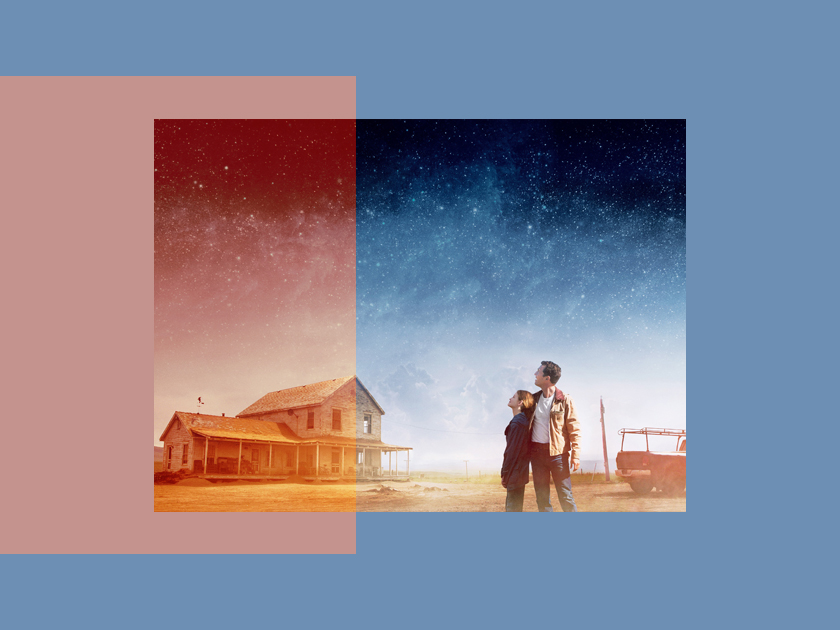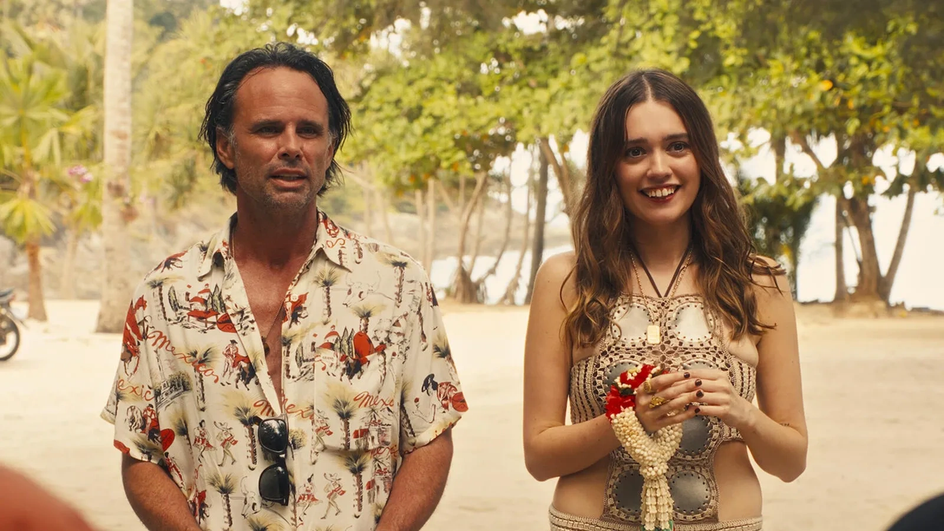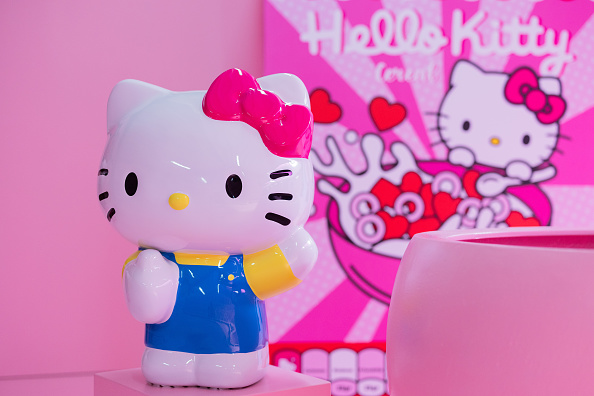In 2016, the writer Edoardo Albinati animated Italian society with the publication of his book ‘The Catholic School’Premio Strega 2017, which brought to the fore the Circeo Massacre, which took place on the night between 29 and 30 September 1975, in which three students of the renowned San Luigi Institute, Angelo Izzo, Gianni Guido and Andrea Ghira, tortured and raped two girls of humble origins, Donatella Colasanti and Rosaria López, resulting in the death of one of them. A case that marked a before and after, especially in relation to public exposure to violence against women.
It is a controversial case, which has put Italian society in front of the mirror, since lThe killers and rapists were minors, from wealthy families (and, moreover, related to far-right groups), facing two aspiring model girls who lived in a working-class neighborhood in Rome. To this was added that Italy was experiencing the so-called years of lead, of strong social and political turmoil, in which incidents and attacks related to extremist groups, both left and right, occurred.
The book told the story in the first person, as Albinati was a classmate of some of the killers, which allowed him to a large x-ray of what that society was like within the institute, in which the students were exclusively male, a reflection of an archaic system that did not know how to adapt to the changing reality of the moment; as well as highlighting the feeling of impunity these students had, well all the children.
Chronicle in the middle of a massacre that shocked Italian society
However, Both the novel and its film adaptation, distributed by Netflix in Spain, make a big mistake: wanting to cover too much. In the book the event is barely mentioned, dedicating less than an episode to the tragedy, emphasizing the life of the students and their families, with the author becoming one of the protagonists. This ends up moving on the belt, causing the case becomes almost the epilogue of a film that loses too much to delve into the family life of the students.
Here you can see that the film directed by Stefano Mordini, who signs the screenplay together with Massimo Gaudioso and Luca Infascelli, it wants to be too many things, because it wants to be a film of denunciation, to reflect the pillars of toxic masculinity, to make a harsh criticism of Italian Catholicism and its tendency to hide problems under the rug, a portrait of the class struggle and also a film that tells the crime story that has swept an entire country. This causes it to not materialize in any of its intentions, remaining in a weak proposition that not even its large cast is able to save.despite having big names like Valeria Golino, Riccardo Scamarcio or Jasmine Trinca.
Decidedly, the victims of the case, Donatella and Rosaria, deserved much more, as basic as being the protagonists of their own history and directly show that feeling of impunity that existed in Italy in everything related to violence against women. That accusation, which was the one that should have prevailed, is buried in a film that looks too much at his navel in the many evils from which masculinity suffers.
Note: 4
The best: Aesthetic recreation is very accurate.
Worse: He tries to say too many things and doesn’t make an accurate criticism of any of them.
Source: E Cartelera
Elizabeth Cabrera is an author and journalist who writes for The Fashion Vibes. With a talent for staying up-to-date on the latest news and trends, Elizabeth is dedicated to delivering informative and engaging articles that keep readers informed on the latest developments.





